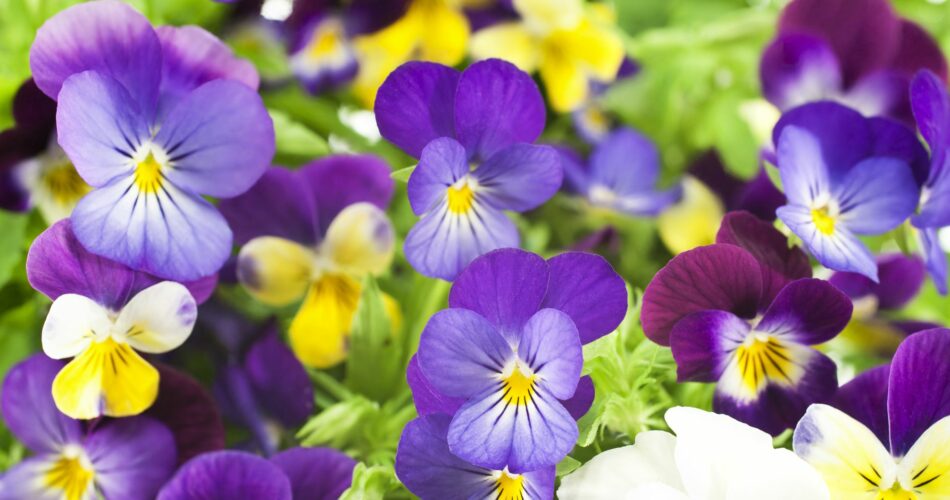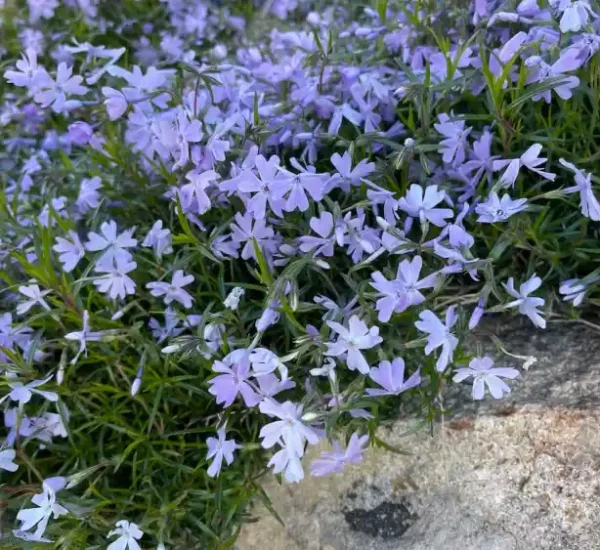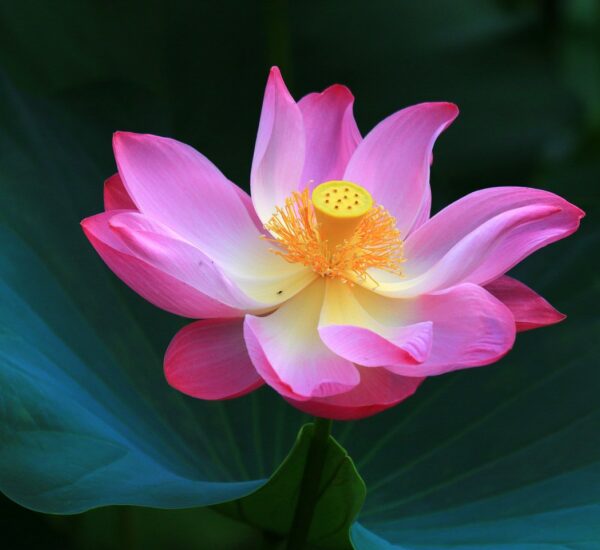Pansies (Viola × wittrockiana) are cherished for their vibrant, cheerful blooms that brighten gardens and containers. In this comprehensive guide, we will provide expert insights on growing pansy flowers successfully. Our recommendations are based on guidance from horticultural experts, government gardening agencies, and academic research.
Introduction to Pansy Flowers
Why Choose Pansy Flowers for Your Garden?
- Expert Insight: Pansy flowers are known for their striking and diverse colors, making them a popular choice for adding splashes of vibrancy to your garden. They are also cold-tolerant and suitable for both fall and spring planting.
- Reference: University of Maryland Extension
Cultivating Pansy Flowers
Selecting Pansy Varieties
Expert Recommendation: Choose from a wide range of pansy varieties with different colors and flower sizes to suit your garden’s aesthetic.
Optimal Planting Time
Expert Advice: Pansies thrive in cooler weather. Plant them in the fall for spring blooms or in early spring for late spring and early summer flowers.
Selecting a Planting Location
Expert Insights: Pansies prefer partial to full sun and well-drained soil. Ensure your chosen location provides these conditions for optimal growth.
Soil Preparation and Fertilization
- Expert Guidance: Amend the soil with organic matter to enhance drainage and fertility. Fertilize pansies with a balanced, slow-release fertilizer.
Planting Pansies
- Expert Steps: Plant pansy seedlings or transplants at the appropriate spacing, typically 6-9 inches apart, depending on the variety.
Care and Maintenance
Watering Pansy Flowers
- Expert Tips: Keep the soil consistently moist but not waterlogged. Water pansies at the base to prevent foliage and flowers from getting wet.
Deadheading and Pruning
- Expert Recommendations: Regularly remove spent flowers (deadheading) to encourage continuous blooming. Trim leggy or overgrown pansies to maintain a compact shape.
Pest and Disease Management
- Expert Insights: Keep an eye out for aphids, slugs, and diseases like powdery mildew. Use appropriate control methods or organic remedies to protect your pansies.
Winter Protection
- Expert Advice: Mulch around pansies in late fall to insulate their roots during the winter. Pansies are hardy but may benefit from this extra protection in colder climates.
Designing with Pansies
Companion Planting
- Expert Strategies: Combine pansies with spring-blooming bulbs, such as tulips and daffodils, for a stunning early spring display.
Container Gardening with Pansies
- Expert Tips: Pansies are excellent choices for container gardens. Pair them with other cool-season annuals to create colorful and mobile displays.
Conclusion
Pansies are versatile, cold-tolerant flowers that add vibrant colors to your garden. By following the expert guidance in this guide, you can grow healthy pansies that bring joy to your landscape, whether planted in garden beds, containers, or window boxes. Their resilience and enchanting blooms make them a favorite for both novice and experienced gardeners.
Here are 10 frequently asked questions (FAQs) about growing pansy flowers
What are pansy flowers, and why are they a popular choice for gardeners?
Expert Answer: Pansy flowers are known for their vibrant colors and unique “faces.” Gardeners love them for their ability to add a cheerful and colorful touch to gardens, containers, and borders.
When is the best time to plant pansy flowers in my garden?
Expert Answer: Pansies thrive in cooler weather. It’s best to plant them in the fall for spring blooms or in early spring for late spring and early summer flowers.
What are the ideal growing conditions for pansy flowers in terms of sunlight and soil?
Expert Answer: Pansies prefer partial to full sun and well-drained, fertile soil. These conditions provide the best environment for their growth.
How do I select the right pansy varieties for my garden, and what factors should I consider?
Expert Answer: Choose from a wide range of pansy varieties based on your color preferences and garden design. Consider factors like color, size, and whether you want traditional or “clear-faced” pansies.
What steps should I take to prepare the soil for planting pansies, and do they require fertilization?
Expert Answer: Prepare the soil by amending it with organic matter to improve drainage and fertility. Pansies benefit from fertilization with a balanced, slow-release fertilizer.
How do I plant pansy flowers, and what is the recommended spacing between plants?
Expert Answer: Plant pansy seedlings or transplants with a spacing of 6-9 inches, depending on the variety and the desired density of your display.
What is the best watering practice for pansy flowers, and how often should I water them?
Expert Answer: Keep the soil consistently moist but not waterlogged. Water pansies at the base to prevent wetting the foliage and flowers. The frequency of watering depends on weather conditions and soil moisture levels.
Why is deadheading pansy flowers important, and how does it impact their growth and blooming?
Expert Answer: Deadheading, or removing spent flowers, encourages pansies to produce new blooms continuously. It prevents seed production and redirects energy into more flowers.
What common pests and diseases should I watch out for when growing pansy flowers, and how can I manage them?
Expert Answer: Pansies can be susceptible to pests like aphids and slugs and diseases like powdery mildew. Effective control methods, such as organic remedies or horticultural oils, can help protect your pansies.
How can I prepare my pansies for the winter, and what measures should I take to ensure their survival in cold climates?
Expert Answer: Mulch around pansies in late fall to provide insulation and protect their roots during the winter. Pansies are generally hardy, but this extra layer of protection can be beneficial in colder regions.
These FAQs offer valuable information to help you successfully grow and care for pansy flowers, ensuring a colorful and cheerful addition to your garden, no matter your level of gardening experience.
- Best THC Sodas to Buy in Arkansas - May 28, 2025
- Exploring THC-Infused Sodas in Arkansas - May 28, 2025
- THC Beverages Now Trending in Alabama - May 28, 2025




